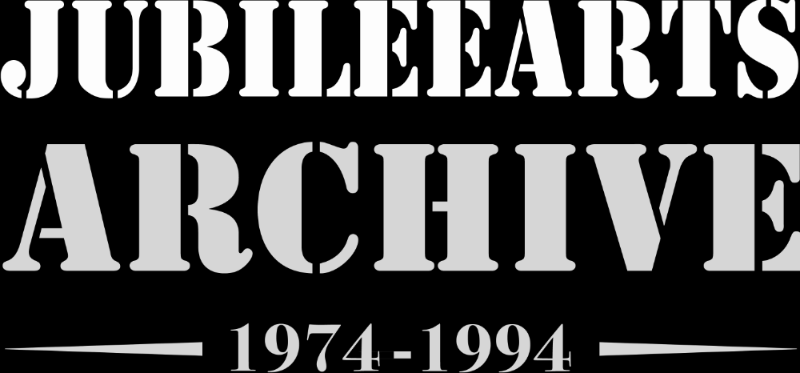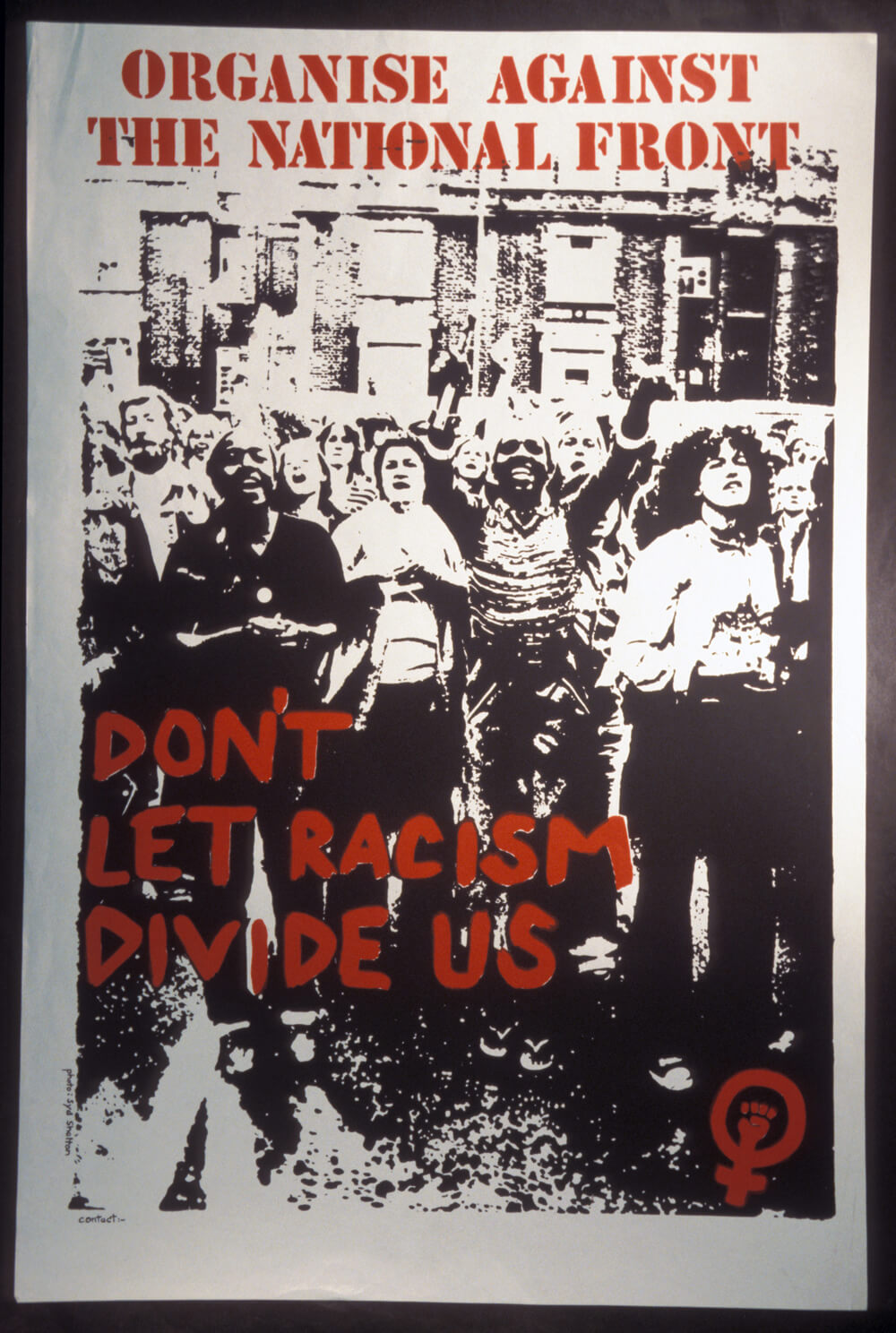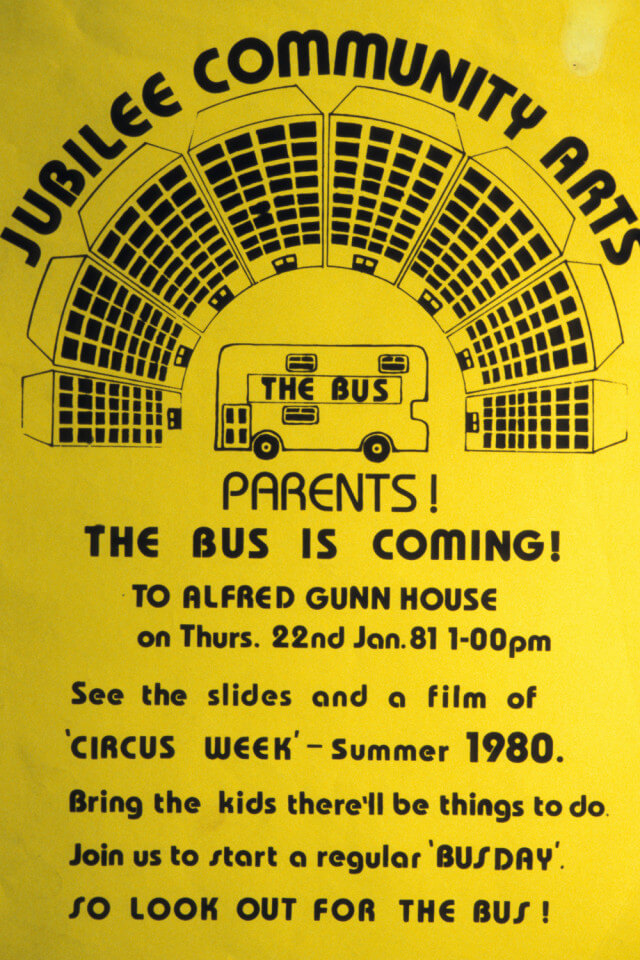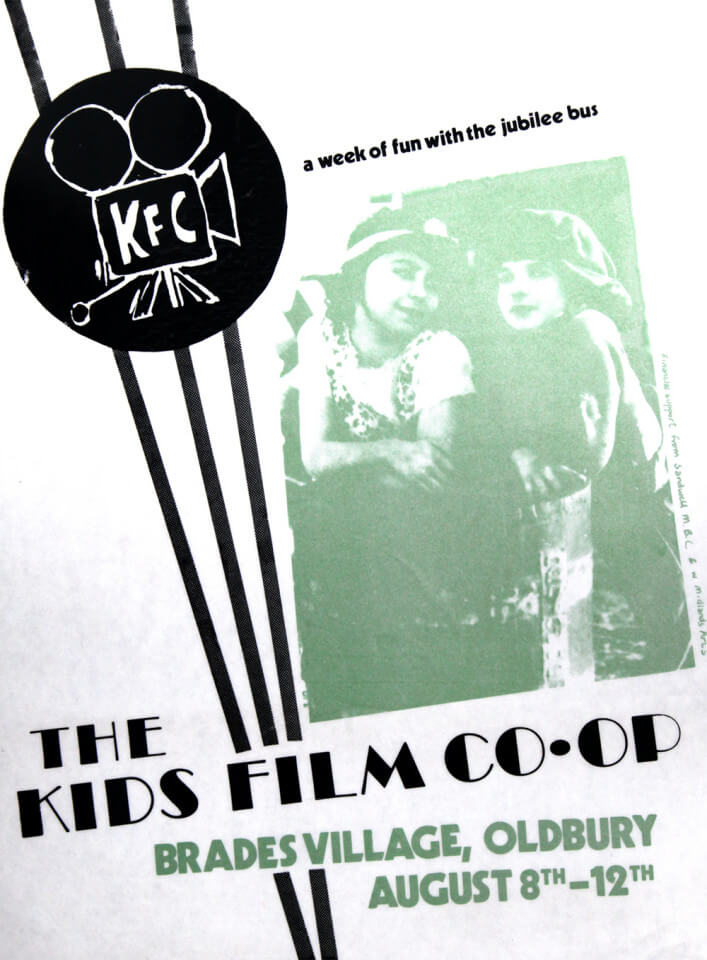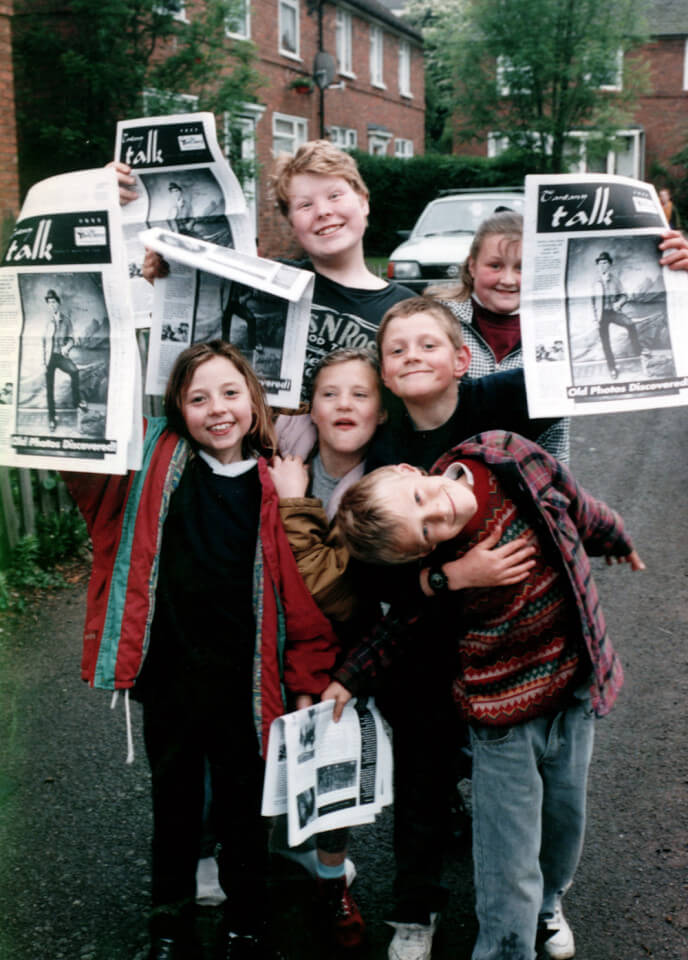The visit of the 45th American President to the UK in 2019 inspired a great deal of dissent and protest, a particularly novel one being the Trump Baby Balloon – which recalls the spirit of civil protest that animated much of the early community arts movement. In the late 1970s, Jubilee installed a silkscreen press in its base at Farley Park Lodge in Greets Green, West Bromwich. Apart from being used for projects and promotion of community events, the silkscreen proved popular with local activists, who queued up to make posters and t-shirts for various campaigns. Starting out as a group of drama students, the advent of silkscreen marked the beginning of Jubilee’s development into a multi-disciplinary team, soon to be utilising photography, video and visual arts, broadening the tools available to support their ongoing work with community groups.
Cathy Mackerras, a fellow student at Birmingham, recalls some of their influences. “Back then I was a student at Birmingham University, where Clive Barker, author of the influential ‘Theatre Games’, was a lecturer. He had been involved with Arnold Wesker’s Centre 42 project and with Joan Littlewood’s Theatre Workshop and taught on my course. But my knowledge also came from France. As part of my studies, I had an exchange in Paris, where I learned about the legacy of the maisons de la culture in provincial cities, created by the Minister of Culture Andre Malraux. People were calling this kind of arts work out there with the community ‘cultural action’ or ‘cultural animation’. After I graduated I spent three months working with community projects in Montpellier, where theatre was being made with diverse groups of people, from Peugeot workers to immigrants to the unemployed.” Coming back to the Midlands and inspired by these experiences of seeing ‘arts and culture in the hands of the workers’, she was soon to become one of the founder members of Telford Community Arts, a new town established up the road from the Black Country, who also set up a community printshop. It was in this period that founder members of Jubilee also studied on these Drama and English courses at Birmingham, where Telford founder Graham Woodruff was a lecturer.
Apart from Jubilee in Sandwell, other groups in the Midlands, starting out in the early 70s and part of this nascent network, included Saltley Print and Media, Banner Theatre and Trinity Arts, all over in Brum. There was also WELD (Westminster Endeavour for Learning and Development), based at a school in Handsworth who undertook similar community arts projects. The design and publishing group Sidelines, involving Birmingham photographers Derek Bishton, John Reardon and Brian Homer, ran a community photography project at WELD, and later they went onto to publish the influential 10-8 photographic magazine.
